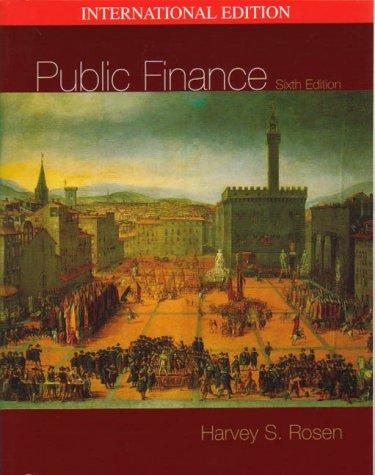Question
An investor makes the decision to purchase 10,000 shares of BHP based on a price of $11 per share. Accordingly, the investor's broker makes the
An investor makes the decision to purchase 10,000 shares of BHP based on a price of $11 per share. Accordingly, the investor's broker makes the following trades over one trading day:
| Time | Buy/Sell | Price | Volume |
| 10:01:00 | Buy | $12.17 | 1,000 |
| 12:01:00 | Buy | $12.60 | 1,000 |
| 12:02:00 | Buy | $16.36 | 6,000 |
| 13:07:00 | Buy | $12.39 | 1,000 |
| 14:54:00 | Buy | $12.99 | 1,000 |
The stock closed at a price of $13.30. The broker charges a commission of $0.01 per share, including all explicit fees.
Calculate the broker's hypothetical portfolio cost, hypothetical profits, actual portfolio cost, actual profits and implementation shortfall. Show all working.
1: Apply the implementation shortfall method to categorise the trader's costs into the commission, delay, price impact and opportunity cost components. Show all working.
2: Provide a qualitative justification for you categorisation in the previous question.
3: Now, assume that the market VWAP on this trading day was $12.80. Calculate the broker's total execution cost and execution cost per share. Show all working.
4: Did the broker over or under perform relative to the VWAP benchmark?
5: Explain how ex-ante risk measures differ from ex-post risk measures. Provide an example of both. Use your own words.
6. Describe how to implement a pairs trading strategy by providing an example. What are the risks associated with implementing a pairs trading strategy? Use your own words.
Step by Step Solution
There are 3 Steps involved in it
Step: 1

Get Instant Access to Expert-Tailored Solutions
See step-by-step solutions with expert insights and AI powered tools for academic success
Step: 2

Step: 3

Ace Your Homework with AI
Get the answers you need in no time with our AI-driven, step-by-step assistance
Get Started


